by Klaus Schroiff, published June 2021
Introduction
There is an almost mad amount of 35mm full format lenses available in Sony E-mount. As of the time of this review, we can count no less than 13x 35mm lenses with an AF motor, 15x when including 40mm variants plus several more with manual focusing only. Makes you wonder whether there’s a different one for every buyer? Jokes aside, it just shows that the lens class is obviously popular enough to sustain such a variety. Of course, Sony has a bunch of these lenses in their lineup as well. One of them is the Sony FE 35mm f/1.8. Priced at $700 / 550EUR, it is a middle-of-the-road offering.
Unlike cousins of similar speed, it is not a G-class lens but “plainly” labeled. The used materials also follow a somewhat older Sony design philosophy. Rather than using a slightly textured plastic finish, the lens has a smooth, thin metal body. The physical length remains the same throughout the focus range and combined with dust- and moisture-resistant sealing, it should be able to stand the elements. The broad, rubberized focus ring operates smoothly. A petal-shaped lens hood is part of the package albeit it isn’t shown below (it was missing in the rental package).

The autofocus motor and internal focus design provide quick and silent autofocus performance. The linear AF motor can also come in handy for videos where you prefer to have a predictable manual focus action. An optical image stabilizer has not been implemented.
| Specifications | |
|---|---|
| Optical construction | 11 elements in 9 groups inc. 1x aspherical element |
| Number of aperture blades | 9 (rounded) |
| min. focus distance | 0.22m (max. magnification 1:4.2) |
| Dimensions | 65.6x73mmm |
| Weight | 280g |
| Filter size | 55mm |
| Hood | petal-shaped (bayonet mount, supplied) |
| Other features | dust & moisture resistant, focus-stop button |
| Mount | Sony FE |
Distortion
The Sony FE 35mm f/1.8 is well-corrected. Uncorrected images show a pincushion distortion of merely 0.3%. This is already negligible. Image auto-correct can, of course, reduce this easily down to 0%.
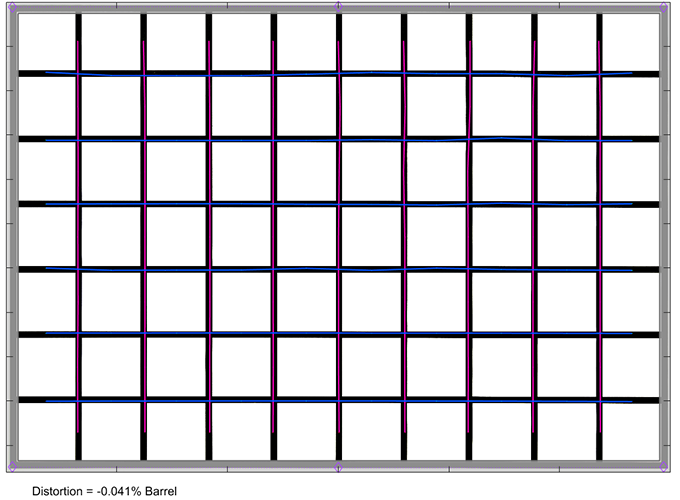

Vignetting
The vignetting characteristic is very unusual albeit not totally unique.
Uncorrected images show a heavy light falloff of more than 3EV (f-stops) at f/1.8. This alone is nothing special. Many ultra-large aperture lenses produce similar figures at a fully open aperture. However, stopping down results in an almost linear decrease along with the aperture range and there isn’t much of an improvement. The vignetting is still heavy at f/5.6.
Consequently, it is a good idea to keep image auto-correction activated. This improves the issue by about 1.5EV (f-stop). This remaining vignetting is still noticeable but acceptable.

MTF (resolution)
Some weirdness continues on the resolution side. The center performance is stunning even at f/1.8 and the near-center performance is at least very good. The borders are also quite sharp whereas the corners are soft. Stopping down to f/2.2 results in a slight quality increase in the broader center zone and the corners are catching up to good levels. Stopping down further barely improves the outer image field which is somewhat puzzling. There is still some gain in center quality which reaches its peak around f/4. Diffraction has a higher impact at f/11 albeit mostly in the center zone.
The centering quality of the tested sample was good. Field curvature is not an issue.
Please note that the MTF results are not directly comparable across the different systems!
Below is a simplified summary of the formal findings. The chart shows line widths per picture height (LW/PH) which can be taken as a measure for sharpness. If you want to know more about the MTF50 figures you may check out the corresponding Imatest Explanations

Chromatic Aberrations (CAs)
Lateral CAs are clearly on the high side for a modern prime lens. The issue increases from an average pixel width of 1.3px at the image borders at f/1.8 to beyond 2.5px at medium aperture settings. The high CAs probably relate to the fact that this lens doesn’t feature UD elements.
That being said, lateral CAs can be eliminated via auto-correction without a loss in image quality so it’s not really an important aspect anymore.

Bokeh
If you decide to buy a fast prime lens, you tend to do it for shallow depth-of-field photography thus the quality of the out-of-focus blur is a major criterion.
Let’s have a look at the out-of-focus highlight rendition first. As you can see below, the inner zone of the highlight discs is very clean and there’s a quite smooth transition at the edges of the discs. There is just a tiny bit of an outlining effect. Stopping down maintains the circular shape (near the image center) until f/2.8.

The image center is the easy part but what about the outer image region? At f/1.8 the shape is ellipsoid which is more pleasing than the usual “cat eyes”. The corner highlights do show some outlining effect though. Stopping down improves the shape of the discs in the broader center but the corner discs are becoming a bit edgier.

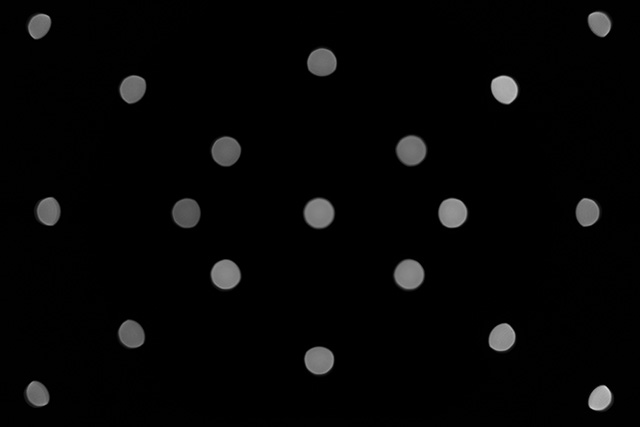

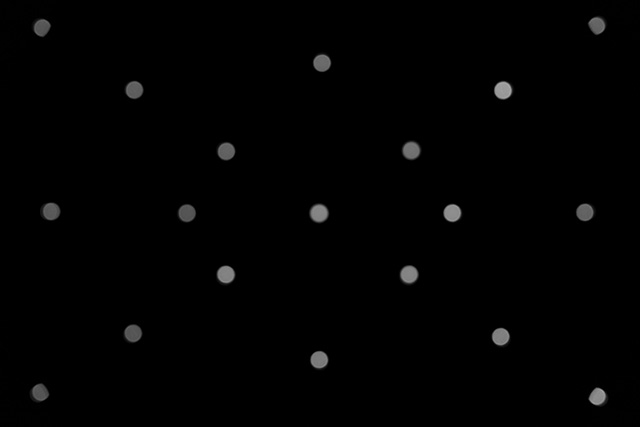
The general out-of-focus rendition is very smooth in the image background (shown to the left below) whereas the usually less critical foreground can show more distinct double edges (to the right).

Bokeh Fringing (LoCA)
Bokeh fringing, sometimes called LoCA or axial CAs, is a color fringing effect on the Z-axis with a purplish tint in the foreground of the in-focus zone and greenish beyond. APO lenses correct this issue but the Sony FE 35mm f/1.8 is not among them as you can see below. The effect is very noticeable at f/1.8 and decreases only slowly when stopping down. The fringing is mostly gone from f/4 onward.
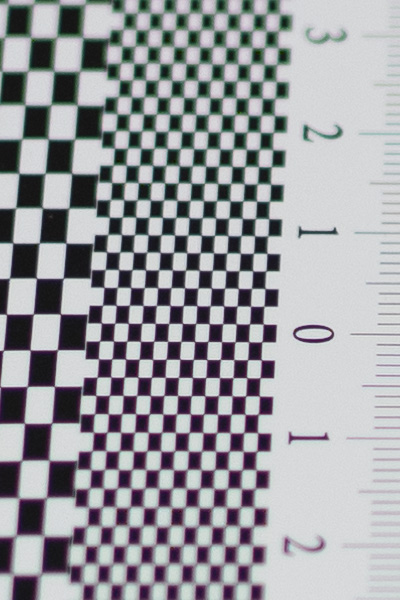
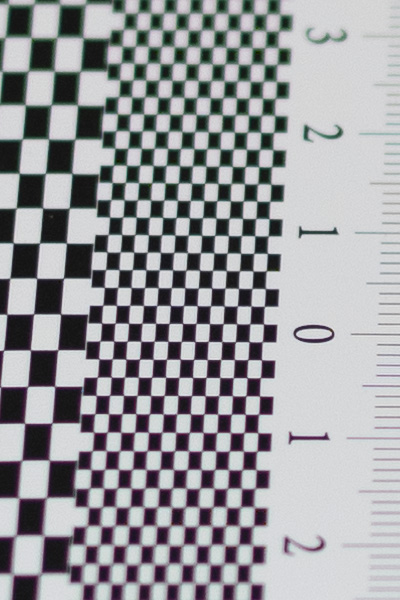


Sample Images
Competition
As mentioned in the introduction there are about a gazillion 35mm AF lenses available. The primary competition is probably the highly attractive Sigma 35mm f/2 Contemporary (center, with attached lens hood) and the Samyang AF 35mm f/1.8 (right). We haven’t tested these two options yet. However, it’s safe to say that the Sigma is at least as good optically and better mechanically. The Samyang is probably not far behind but more affordable and obviously more compact.

Visual comparison courtesy of camerasize.com.
The Sony FE 35mm f/1.8 is a decent performer but it doesn't excel in all categories. In terms of resolution, it is basically as good as it gets in the image center but the corners are "only" good to very good at mainstream settings and fairly weak corners at f/1.8. Lateral CAs are on the high side although this can be easily corrected. The slight pincushion distortion isn't an obstacle for auto-correction either. The same can't be said about vignetting which is very high in RAW files and still visible with activated auto-correction. The quality of the bokeh is pretty good, especially in the image background. Bokeh fringing (LoCA) can be visible at large-aperture settings though.
The build quality is pretty good without reaching pro levels. You can feel that the outer metal shell is fairly thin but Sony made a decent effort for a consumer-grade lens. The chassis is dust- and moisture-resistant and it doesn't extend during focusing - as it should be. The broad focus ring is very smooth to operate. The AF is quick and noiseless. It would have been nice if Sony implemented an optical image stabilizer. However, most Sony cameras feature IBIS these days so it's an understandable decision in order to keep the costs at bay.
The Sony FE 35mm f/1.8 is certainly a very reasonable option in this market segment. Thanks to its aperture of f/1.8, it avoids the bulk and costs of f/1.4 or f/1.2 lenses while still being way faster than any zoom lens. As such, it resides in a sweet spot albeit maybe not the most exciting one.
-
Optical Quality
-
Build Quality
-
Price / Performance


